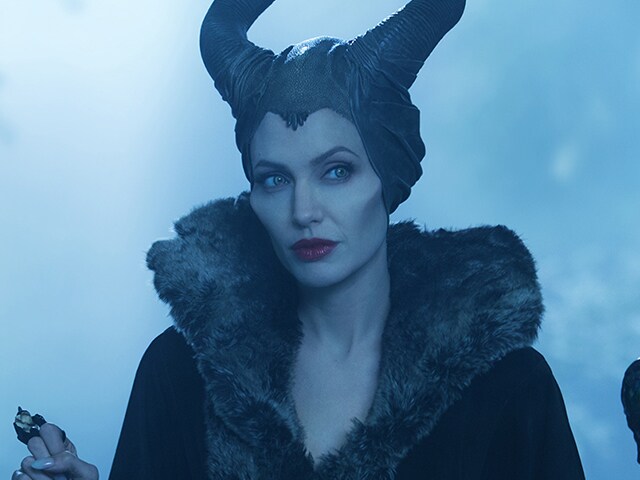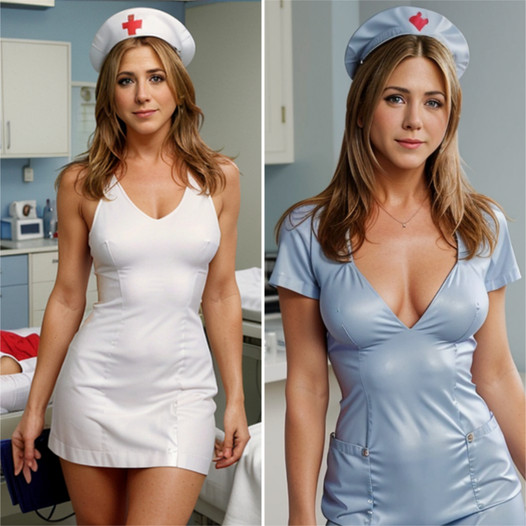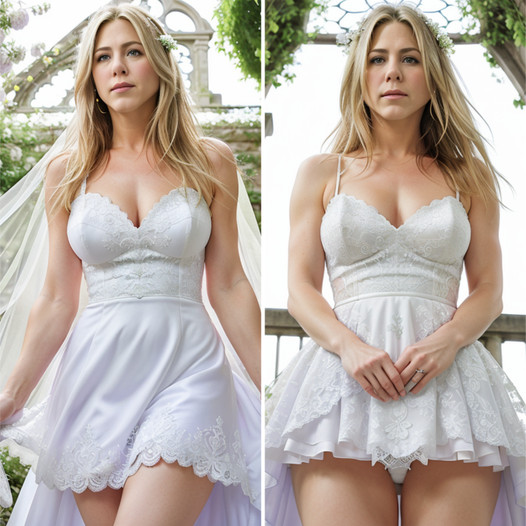Maleficent isn’t hyped up as one of the summer’s huge blockbusters in the way that Guardians of the Galaxy and Transformers: Age of Extinction are. Yet Maleficent, a movie about the villain of the Sleeping Beauty fairy tale, outperformed X-Men: Days of Future Past, Dawn of the Planet of the Apes, and The Amazing Spider-Man 2 in the theater.
Released Memorial Day weekend, the most competitive time for summer movies, Maleficent had a big opening. But where Maleficent proved its popularity was in its staying power: it spent eight weeks in the Top 10 and had a higher multiplier (a good estimate of a movie’s success after opening weekend) than Transformers. Yet, unlike many of the films Maleficent bested at the box office, critics pegged it as a children’s movie, then quickly discounted it.
They shouldn’t have. The success of Maleficent, fronted by Angelina Jolie, proves there is a substantial market for films featuring women who are strong, complicated, and front-and-center.
Let’s take a look at how Maleficent became the stealth hit of the summer.

Maleficent is a female-driven story.
Maleficent creates a story of contradictions. It is a Disney film, but it’s live action. The movie is marketed to families, but it contains a difficult (if metaphorical) portrayal of rape. Jolie’s Maleficent is a villain, but we want her to succeed. Those contradictions are what make Maleficent interesting, and they’re part of the draw for audiences.
“Maleficent is an original story,” Anne Thompson, a movie critic for Indiewire, said. “It’s a twist on a story audiences know, but it’s new. And it’s original in a box office marketplace that is dominated and crammed with sequels and rote formula material.”
THE STORY REACHES ITS GREATEST DEPTHS WHEN IT EXPLORES WHAT HAPPENS WHEN WOMEN ARE ROBBED OF THEIR POWER.

In what is far from a typical summer blockbuster movie performance, Jolie brought pain and anguish to the role. She understood she was telling a story about a woman who was betrayed and destroyed by a man she loved, and she brought that understanding and hurt to her role.
That doesn’t mean the movie was perfect. Though Jolie is a powerful force, the movie struggles to maintain a coherent tone throughout. There are several emotional scenes with incredible staying power, but at times it all feels more like a collection of moments than a full plot. Jolie’s character is bewitching and mysterious, but she doesn’t have a full character arc, and it’s hard to see her development. Yet the movie has a raw, elemental power in its best moments. And that might have something to do with its fairy tale roots.
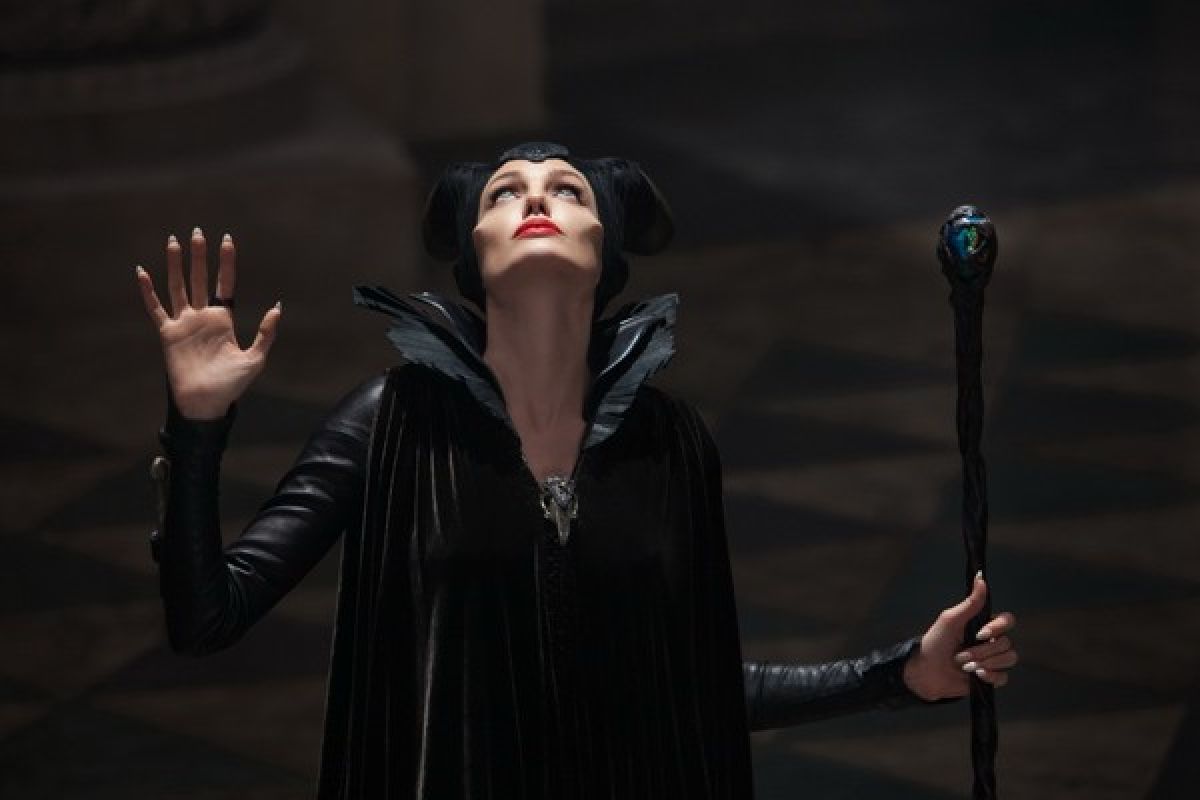
Betsy Sharksey wrote for The Los Angeles Times that fairy tales have grown in popularity with adults because of “the way fables handle the subtext, using mystical worlds as a prism for problems, that allow us a fresh look without the tale being clouded by contemporary culture.”
Maleficent is a fantastic example of this. Its subtext weaves a powerful myth about female empowerment. The story reaches its greatest depths when it explores what happens when women are robbed of their power.
“Consciously or not, coherently or not, Maleficent tells a new kind of story about how we live now, not once upon another time,” Manohla Dargis wrote for the New York Times. “And it does so by suggesting, among other things, that budding girls and older women are not natural foes, even if that’s what fairy tales, Hollywood and the world like to tell us.” Even thought Maleficent is totally villainous, she also makes a solid mother figure for young Aurora (Elle Fanning), the girl whom Maleficent cursed as a baby.
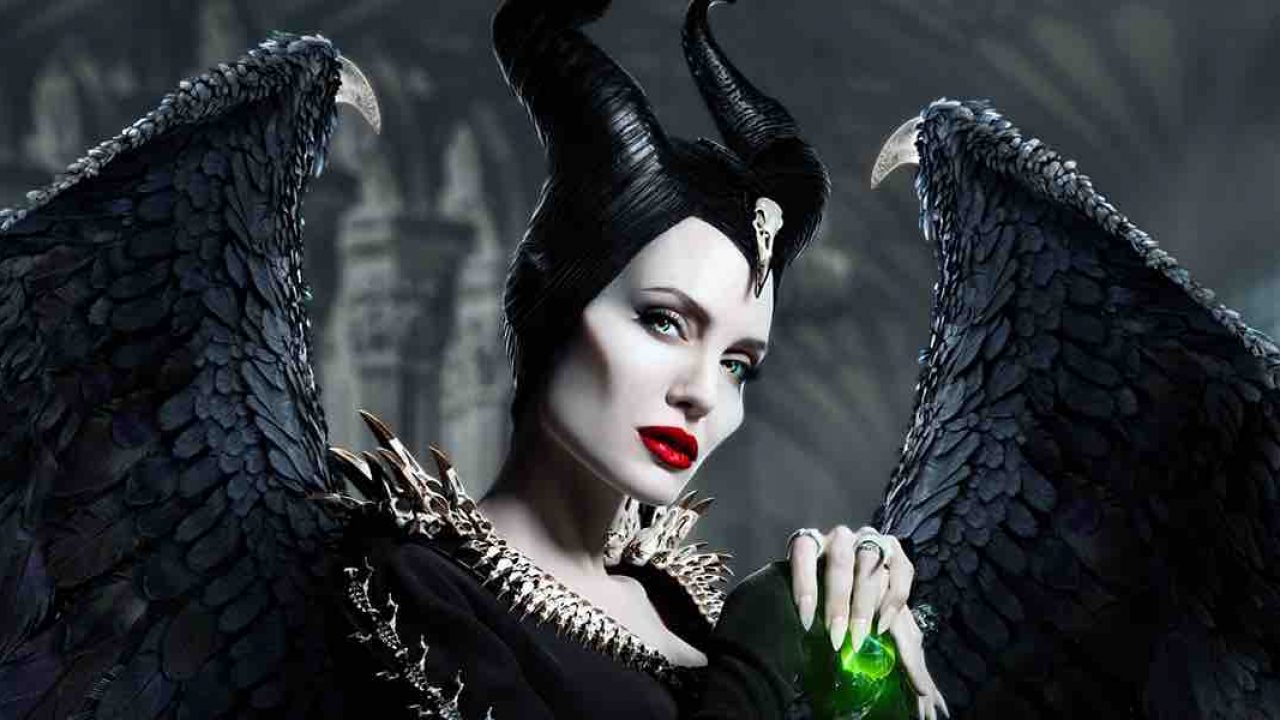
The market for female driven films is growing.
Female protagonists are rare in Hollywood, even in kids’ fare, despite all those films about princesses. Male characters outnumber female characters three-to-one in family films.
This gender disparity has been a problem in Hollywood for a long time. According to a study by Stacie Smith, women only accounted for 4.1 percent of directors, 12.2 percent of writers, and 20 percent of producers.
“It’s really a writing and imagination question,” Thompson said. “Men are really uncomfortable with it. So we really need more women who can think and direct and write about women in a complex way.” As a result, Thompson said, the male-dominated film industry continues to make films written and directed by men, starring men, for male audiences. And that leaves a huge portion of the population underserved.
“Maleficent was marketed and aimed squarely at a female audience,” Thompson said. “There is an argument to be made that maybe Hollywood is coming around to the idea that they should include 50 percent of the population in their decisions.” This transition in mindset is largely due to the fact that movies that star women, and portray them as full characters with desires and goals outside of traditional stereotypes, continue to succeed in the box office.
/cdn.vox-cdn.com/uploads/chorus_image/image/37578878/www.indiewire.0.jpg)
Making headway in this category are movies like Frozen (one of the most successful movies ever made), The Hunger Games films, Divergent, and The Fault in Our Stars. These films show women in roles that aren’t maternal, comforting, or sweet. The female protagonists here can be violent and horrible. They can be cruel to each other. Their stories can revolve around themselves, not around men. And audiences are eating it up. Movies that passed a basic sℯxism test, The Bechdel Test, have actually been more profitable than their male-driven peers.
Having Jolie, a powerhouse on the screen (she won an Oscar for her role in Girl, Interrupted) and at the box office, in the film has helped, too, especially in foreign markets. It has made almost $750 million worldwide.
Global domination is impressive because the conventional wisdom of the industry is that overseas audiences only want to watch big action movies. Maleficent is easily in the top three summer blockbusters of the year, falling only to Guardians of the Galaxy and Transformers in box office revenue. For the year as a whole, it’s in fifth place, surpassing many movies that were expected to do much better. It has proved itself over and over.
But what does that success prove? It proves Jolie’s star continues to shine. It proves that audiences want movies about strong women and are willing to pay to see them. It will be fascinating to see how Hollywood interprets this message.
